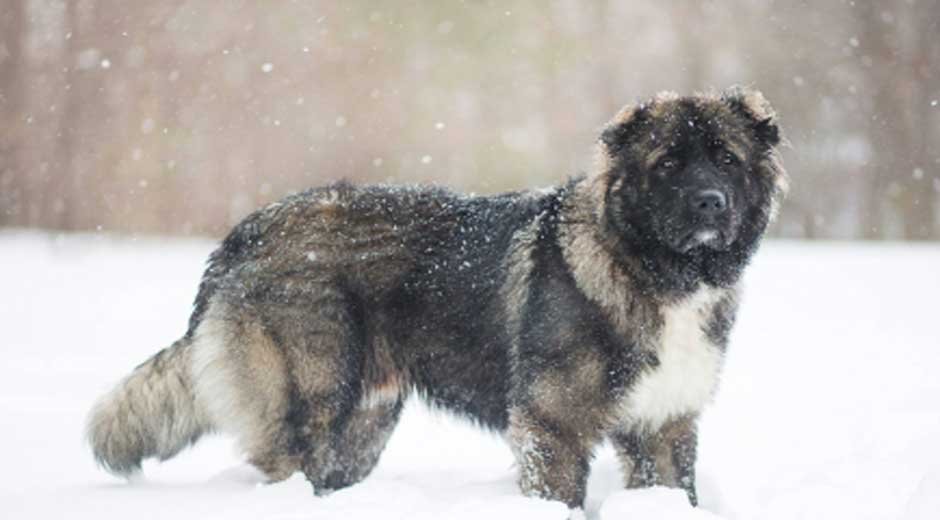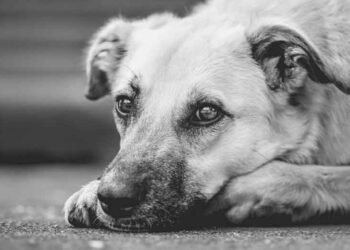As the seasons change, so too might the behavior of our pets. These behavioral shifts are often subtle and can be influenced by various factors, including temperature changes, daylight hours, and the differing activities of their human families throughout the year. Understanding how these seasonal changes can affect pets is important for ensuring their well-being.
1. Changes in Activity Levels
One of the most noticeable changes in pet behavior with the seasons is a variation in activity levels. During the colder months of fall and winter, pets, like many humans, often exhibit lower energy levels. Dogs may be less eager for long walks due to the cold, and cats might spend more time sleeping, often curling up near warm spots like a bag of cat litter stored indoors, which retains some heat. Conversely, in the spring and summer, pets often have more energy. Longer daylight hours and warmer weather can encourage more activity, such as more frequent and energetic walks for dogs and longer periods of play for both dogs and cats.
2. Seasonal Affective Disorder (SAD)
Just as humans can experience seasonal affective disorder (SAD) with changes in seasons, pets may also show signs of seasonal depression. This is particularly noted during the winter when there are fewer hours of sunlight, and it’s colder. Signs of SAD in pets can include lethargy, decreased interest in play, or changes in eating or sleeping habits. Providing extra light exposure, either through more time outdoors or using artificial light sources, can help mitigate these effects.
Seasonal changes can sometimes heighten anxiety in dogs, and using the best dog anxiety treatment can help manage stress and maintain balanced behavior throughout the year.
3. Changes in Eating Habits
Pets’ eating habits can fluctuate with the seasons. In the winter, some pets may eat more due to decreased activity and increased body weight to insulate against the cold. On the other hand, in the hot summer months, some pets might eat less due to lower activity levels or simply because they feel uncomfortable in the heat. It’s important to monitor your pet’s diet and adjust their food intake based on their activity level and weight management needs.
4. Molting and Coat Changes
Seasonal changes often prompt changes in a pet’s coat. Many dogs and cats grow thicker coats in the fall to prepare for winter, then shed these heavy coats in the spring as temperatures rise. This natural process can affect their behavior; pets may groom themselves more often during these times, which can sometimes lead to hairballs or other issues if not properly managed with regular brushing.

5. Allergies and Sensitivities
Just as humans experience seasonal allergies, pets can too. Spring, for example, can bring about allergies in pets sensitive to pollen and other environmental allergens. Symptoms may include itchy skin, sneezing, or watery eyes. This discomfort can lead to changes in behavior, such as increased scratching or restlessness. Keeping your home clean, using air filters, and consulting a vet about appropriate allergy treatments can help alleviate these symptoms.
6. Reproductive Behaviors
For pets that are not neutered or spayed, seasonal changes can trigger reproductive behaviors. Cats, in particular, are highly seasonal breeders, with females typically going into heat in the spring and summer. This can result in loud vocalizations, restlessness, and other behavioral changes. Dogs may also exhibit changes due to mating instincts depending on the time of year.
Conclusion
Understanding and anticipating how the changing seasons affect your pets can significantly enhance their health and happiness. By being attentive to the needs that each season brings, pet owners can ensure that their furry friends remain content and well cared for all year round.












